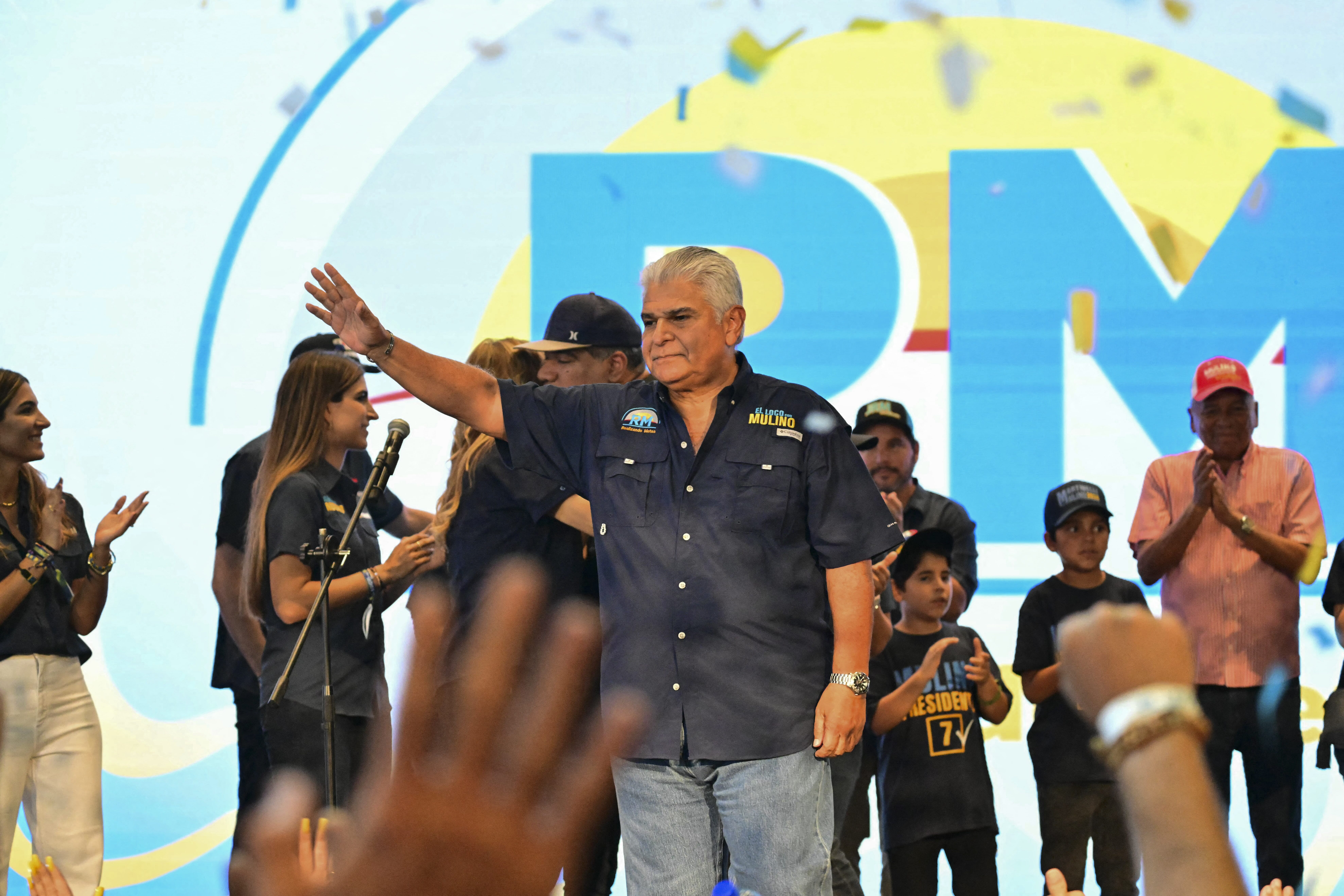News
Washington prioritises India’s rise

US complacency on Narendra Modi’s vision for India means investors will have to take precautionary measures into their own hands, even with his recent depressed electoral victory. While the prime minister has overseen impressive growth for the country under his tenure, questions still remain on the cost and future of doing business there for foreign companies.
In search of new Chinese containment, US India policy is in danger of excusing the excesses of Narendra Modi’s domestic and foreign policy. Modi’s victory in the 6th June election, though less impressive than expected, has the knock-on effects of muddying the economic waters, requiring more robust forms of due diligence to ensure investors can securely take advantage of India’s expected continued growth.
India comes as the third in a series of elections to decide South Asia’s fate, after Bangladesh and Pakistan. Both of these past elections came with significant allegations of electoral interference and voter intimidation, recognised in each case by the US’ Department of State. Nevertheless, the US has moved to bring the victors into the fold, as a part of bolstering its anti-China bulwark. While this has proved more difficult in Bangladesh than Pakistan, Modi’s India is the elusive and most important catch to round out the set.
Modi has come out of this election victorious, but with a significant underperformance. Despite predictions that the BJP could be in contention for a supermajority capable of amending India’s constitution, they have been left requiring a coalition government. Indeed, Modi himself remains increasingly popular, riding off the success of economic and cultural victories. Under his tenure, India has ascended to become the world’s 5th largest economy, and is currently on lock to become the 4th by 2025. He has also managed to effectively cater to his Hindu nationalist base through a culturally-focused legislative agenda, culminating in the establishment of the Ram Mandir early this year. However, systemic issues regarding increasing inequality and rising youth unemployment appear to have resonated with voters, with initial exit polling crediting young voters especially with the opposition Congress Party’s rise.
India’s economic rise in the past decade has largely come on the backs of conglomerates like Adani Group and Reliance Industries. Under Modi, they have been given the freedom to take over various sectors previously controlled by the state or a more diverse private sector, such as airlines, construction, and telecommunications. This ‘Gujarat model’, large-scale infrastructure projects through government incentives, was the basis of Modi’s 2014 economic plan, and has delivered significant multi-sector growth.
It is this far-reaching growth that has made India such an attractive investment location, especially for US companies. The US was the largest source of foreign direct investment for India in 2023, with American industry leaders like Apple, Boeing, and Amazon all announcing investment plans. Concerns over the future of Taiwan’s semiconductor industry given China’s expansionary plans have also fueled the prospect of industry investment in India as an alternative. US investment in India has so far centered on the country’s technology sector, but with Indian ambitions to be the top manufacturer in Asia, diversification will definitely be in order.
On the other hand, the strong position of India’s conglomerates has been complicated by allegations of political favouritism and financial misconduct. Both major political parties have flung accusations of cronyism against their opponents, with little indication that such attacks are more than political tools. Against this backdrop, domestic regulators like the Central Bureau of Investigation and the Security and Exchange Board of India face a crisis of credibility, having been unable to restrict the financial misconduct of the country’s most important companies.
Under regular circumstances, US power would act as a counterbalance to these issues. But with the ever-postponed Biden pivot to Asia coming, there are bigger things at stake. Modi has hardened on China throughout his tenure, promoting ‘self-reliance’ on the economic front in an attempt to reduce India’s trade deficit with the country, while deploying record numbers of troops to its northern border for sporadic clashes. As such, the American-Indian marriage is a natural one, between the world’s largest democracy and the leader of the free world, yet one with significant costs.
India has used its new global position as leverage for a more aggressive foreign policy, with potential for economic blowback. In the past year, two such operations aimed at Indian separatist activists in Canada and the US attracted significant controversy. Nevertheless, any tangible consequences of these operations have remained limited so far. While Canada and India traded diplomatic barbs, the US briefly paused a minor deal for drones, viewed as a symbolic gesture in light of longer-term goals. These minor consequences do not appear to have discouraged the policy, Modi has promised to ensure India’s security by any means necessary on several campaign stops this year. If this is pursued to its logical conclusion, more countries will have to weigh their Indian commercial engagements against any potential diplomatic bust-ups.
Modi doesn’t appear to have anything to fear from the US, regardless of who wins in November. The Biden administration has made its priorities clear: India under Modi is a democratic ally in the ultimate global fight against autocracies. Under a potential second Trump term, this will not change substantially either, given the former president’s primarily transactional foreign policy and affinity for the Indian PM. As long as Modi maintains his presence as firmly in the anti-China camp, his support in Washington will be bipartisan.
Looking forward, foreign investors will need to keep a close eye on the political implications of India’s economic growth, ensuring that they are meeting international compliance standards in light of this unchecked support. This is especially true in order to take advantage of future large infrastructure projects where concerns around favouritism remain. In this business environment, the buck will stop with the private sector, who will have to depend on their own due diligence practices to ensure a secure and above-board return on investment.
Photo by Elke Scholiers/Getty Images
Newsletter signup

Intelligence delivered ingeniously
Helping key decision makers, make the right commercial decisions

